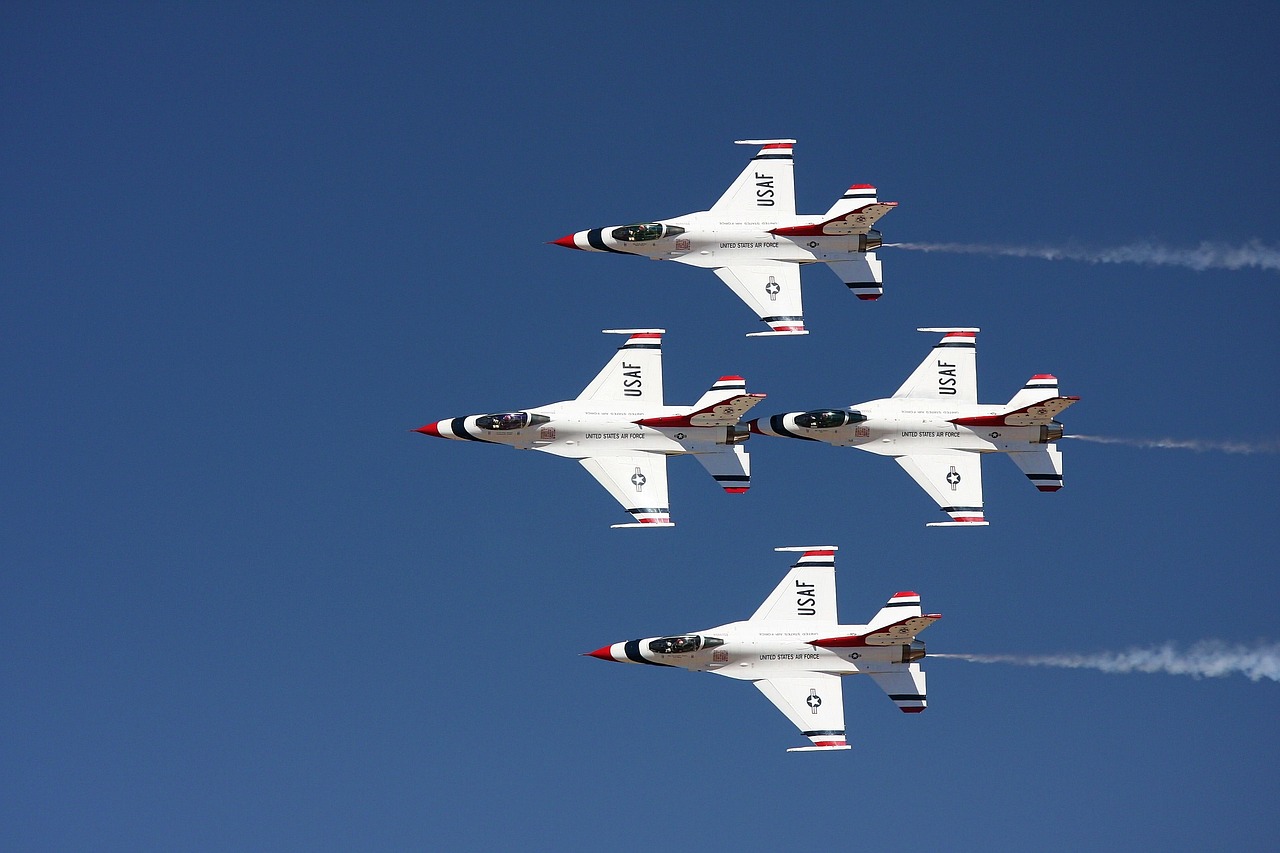This post is also available in:
 עברית (Hebrew)
עברית (Hebrew)
A new drone interceptor has been unveiled that aims to counter hostile UAVs quickly and efficiently—without relying on explosive warheads. Developed by French startup Harmattan AI, the system, named Gobi, is designed to reach airborne threats in under 60 seconds and disable them through direct collision.
Weighing under two kilograms, Gobi is significantly lighter than traditional interceptors, thanks to its warhead-free design. Instead of detonation, it neutralizes threats by physically crashing into them, targeting weak points like propellers or exposed hardware. This method reduces both cost and potential collateral damage, making it suitable for use in urban or sensitive environments.
According to the company, the drone can reach speeds of up to 250 km/h and has an operational range of about five kilometers. it is capable of engaging drones weighing up to 600 kg—far above its own weight class.
According to NextGenDefense, Gobi’s engagement process follows a three-phase system. First, it detects UAVs using electromagnetic and radio frequency scanning. Once a target is located, the drone is launched automatically and guided by radio signals. As it approaches the target, it switches to infrared-based tracking to home in with greater precision. Onboard computer vision algorithms assist in identifying the best impact point, allowing for real-time mid-flight course corrections.
Initial flight tests for the drone are reportedly underway. The drone can be integrated into existing command-and-control (C2) platforms, enabling real-time data sharing, target identification, and coordination with other defense systems.
While its performance in rough or cluttered terrain remains to be fully assessed, Gobi’s low weight, rapid response time, and non-explosive interception method may offer a practical solution to the growing threat of small- and medium-sized UAVs. As drone-based attacks become more common, especially in conflict zones and around critical infrastructure, systems like Gobi highlight a shift toward faster, software-driven counter-UAV tactics.


























